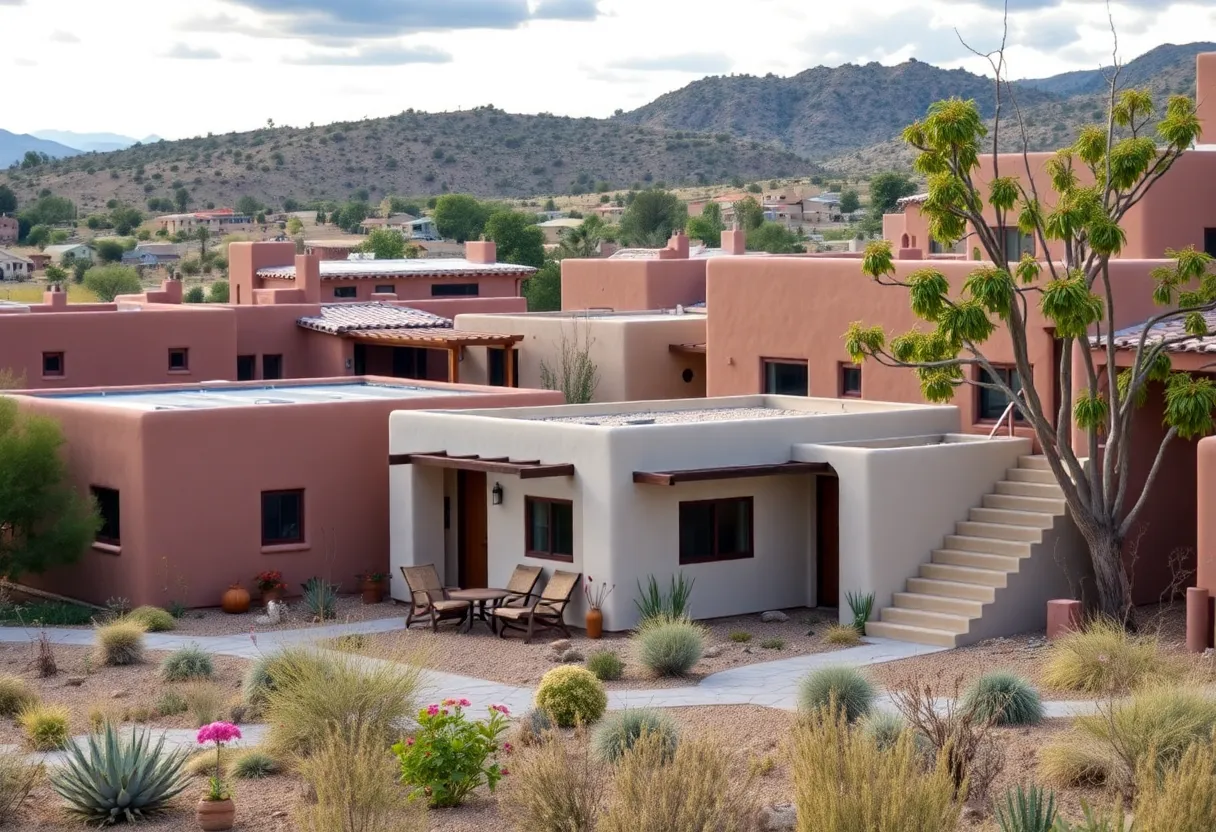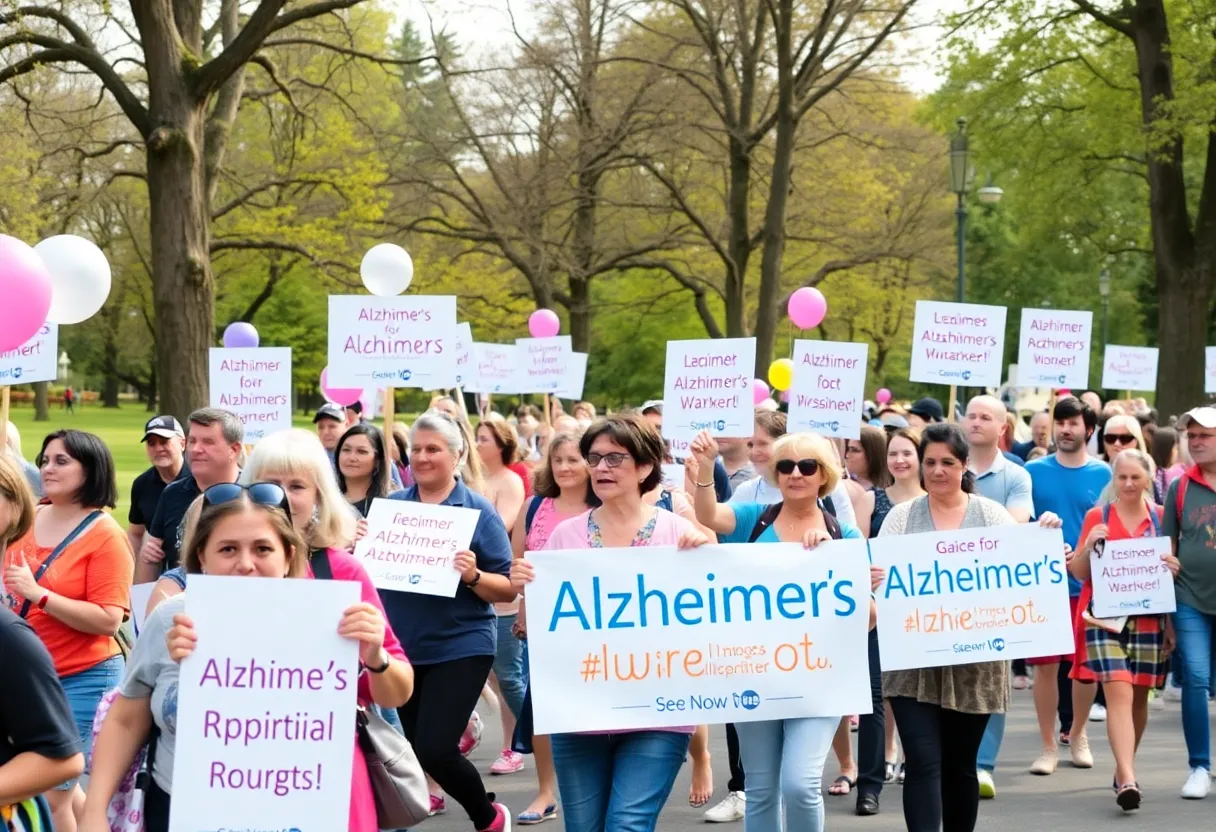Albuquerque, October 15, 2025
New Mexico’s tribal housing authorities have secured a $2.2 million federal grant aimed at addressing chronic housing shortages in Native American lands, including Albuquerque. This funding will support multiple initiatives to construct and rehabilitate homes, targeting improved living conditions and economic stability for indigenous communities. Officials emphasize the importance of sustainable development in creating accessible housing that caters to the needs of Native populations, alongside efforts to reduce homelessness and encourage community wellness.
New Mexico Tribal Housing Authorities Secure $2.2 Million for Affordable Housing
Albuquerque, NM – New Mexico’s tribal housing authorities have received a $2.2 million federal grant to support affordable housing initiatives across the state, including Albuquerque and surrounding regions. This funding targets chronic housing shortages on Native American lands, aiming to build sustainable communities and improve living conditions for indigenous residents.
The grant will finance multiple projects designed to construct and rehabilitate homes, directly addressing the ongoing lack of affordable options in tribal areas. Officials highlight the investment’s role in promoting economic stability and tackling homelessness among Native populations, which have long strained local resources. By focusing on areas near Albuquerque, the initiative seeks to create accessible housing that supports families and integrates with broader community development efforts.
Project Details and Scope
The funded projects encompass a range of activities, from new construction to renovations of existing structures. These efforts prioritize sustainable communities by incorporating energy-efficient designs and culturally appropriate features tailored to tribal needs. In Albuquerque and nearby areas, the initiatives will expand housing stock, providing immediate relief to overcrowded reservations and urban Native enclaves.
Key components include site preparation, community planning, and infrastructure upgrades to ensure long-term viability. The grant’s structure allows tribal authorities to allocate resources flexibly, responding to specific local demands such as family-sized units and accessible homes for elders. This targeted approach builds on previous federal support, scaling up to meet rising needs amid population growth and economic pressures.
Implementation is set to begin soon, with timelines aligned to federal guidelines for efficient use of funds. Monitoring mechanisms will track progress, ensuring that the projects deliver measurable improvements in housing availability and quality.
Addressing Chronic Shortages
Chronic shortages on Native lands stem from historical underinvestment and rapid demographic changes. In New Mexico, where tribal communities form a significant portion of the population, these gaps have exacerbated poverty and displacement. The $2.2 million infusion represents a critical step toward rectification, enabling the development of over 100 housing units in the initial phase, based on preliminary estimates.
Surrounding areas like the outskirts of Albuquerque face similar challenges, with urban sprawl limiting affordable options for Native families relocating for work or education. The grant facilitates partnerships between tribal authorities and local entities, streamlining approvals and resource sharing to accelerate construction.
Economic and Social Impacts
Beyond housing, the projects are expected to generate local jobs in construction, planning, and maintenance, boosting the regional economy. This ripple effect supports economic stability by retaining spending power within communities and reducing reliance on external aid. For indigenous populations, stable housing correlates with better health outcomes, educational access, and employment rates, addressing interconnected social issues.
Efforts to reduce homelessness focus on prevention through transitional units and support services, integrated into the housing developments. Local officials view these measures as foundational for fostering self-sufficiency, allowing families to invest in long-term opportunities rather than survival needs.
Background on Tribal Housing Challenges
New Mexico’s tribal housing crisis has persisted for decades, influenced by federal policies, land restrictions, and funding shortfalls. Native American reservations often lack basic infrastructure, making development costly and complex. The $2.2 million grant aligns with national priorities to rectify these disparities, emphasizing equitable resource distribution.
In recent years, similar initiatives have shown success in other states, providing models for New Mexico’s approach. By prioritizing Albuquerque and surrounding areas, the funding leverages the city’s role as a hub for tribal services, enhancing coordination and visibility. This strategic focus ensures that benefits extend to both rural reservations and urban Native populations, creating a more cohesive support network.
The grant’s approval follows assessments of housing needs, incorporating input from tribal leaders to align with cultural preservation goals. Sustainable practices, such as solar installations and water conservation, are mandated to minimize environmental impact and lower operational costs for residents.
Overall, this federal support marks a pivotal advancement in addressing longstanding inequities. As projects unfold, they promise to strengthen community resilience, setting precedents for future housing investments in Native regions.
FAQ
What is the purpose of the $2.2 million federal grant to New Mexico’s tribal housing authorities?
New Mexico’s tribal housing authorities have received a $2.2 million federal grant to support affordable housing initiatives across the state, including Albuquerque and surrounding regions.
How does the grant address housing issues in the region?
The grant targets chronic housing shortages on Native American lands, aiming to build sustainable communities and improve living conditions for indigenous residents.
What role does the funding play in community welfare?
Local officials highlight the investment’s role in promoting economic stability and tackling homelessness among Native populations.
Where will the projects be implemented?
The projects aim to address chronic shortages on Native lands, promoting sustainable communities, with focus on Albuquerque and surrounding areas.
Key Features Chart
Below is a table outlining key features of the affordable housing initiatives funded by the grant.
| Feature | Description |
|---|---|
| Funding Amount | $2.2 million federal grant |
| Target Areas | Albuquerque and surrounding regions |
| Main Goal | Address chronic shortages on Native lands |
| Community Focus | Promote sustainable communities |
| Social Benefits | Reduce homelessness among indigenous populations; foster economic stability |
Deeper Dive: News & Info About This Topic
HERE Resources
Louie Sanchez Launches Campaign for Albuquerque Mayor
New Auto Shop Opens in Albuquerque, Boosting Local Jobs and Services
Albuquerque Named Among Top Towns for Seniors
Sol Market Enhances Grocery Access in Albuquerque’s Mesa del Sol
Albuquerque Welcomes New Title Insurance Provider Amid Real Estate Surge
Mayoral Candidate Rally in Albuquerque Addresses Housing and Crime
Albuquerque Councilor Proposes Walmart Redevelopment for Community
Albuquerque’s District 1 City Council Race Intensifies with Four Candidates
Albuquerque Developer Secures $115 Million for New Rental Community
Albuquerque Mayor Tim Keller Seeks Third Term with Focus on Economy and Safety





